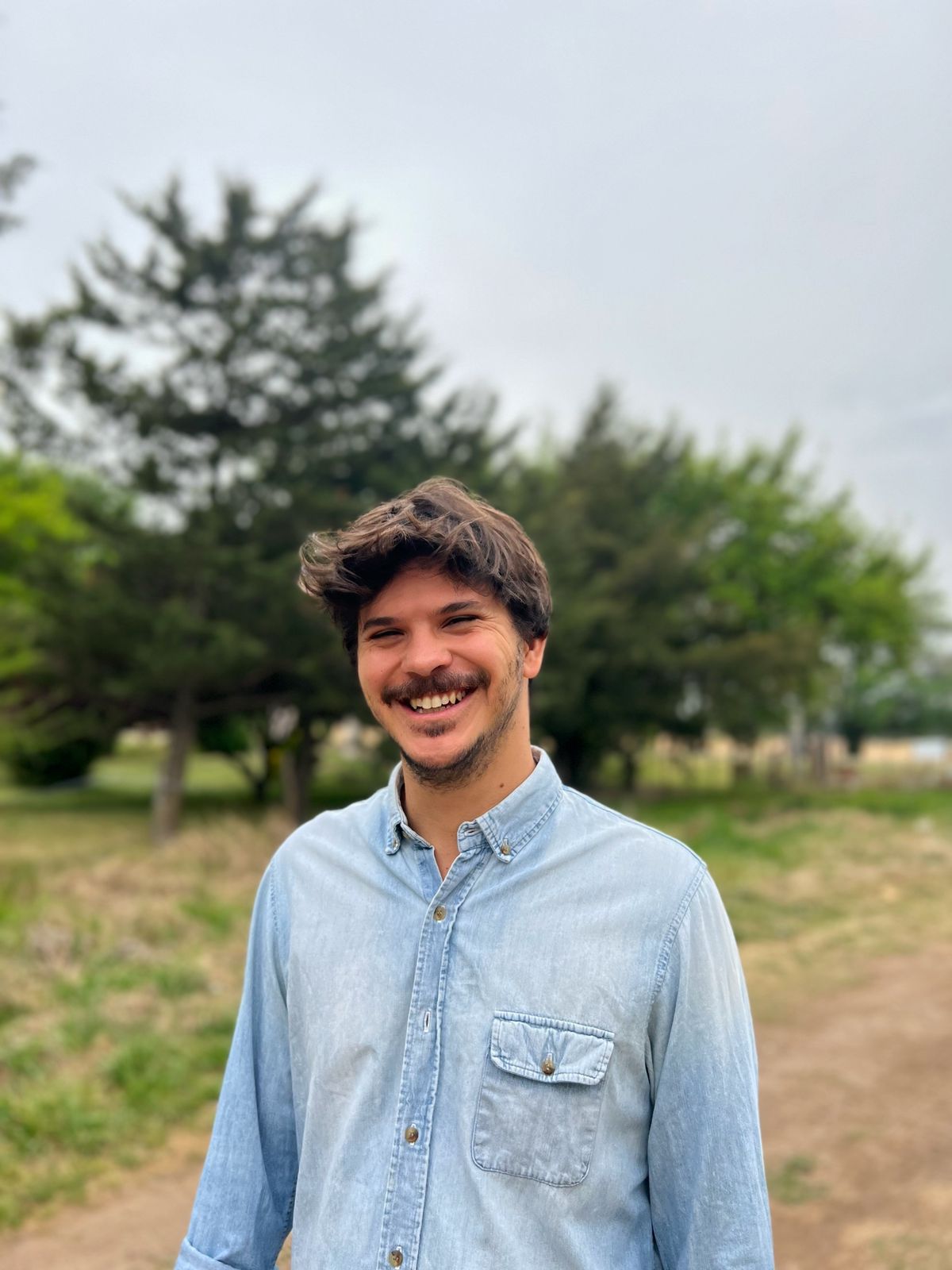When should we work with a partner?” This is one of the most common questions you’ll hear in our role of partnerships and having a clear, well-thought-out answer is critical to the success of your partner program. Nelson Wang explores the concept of “Partner Swim Lanes” and provides an easy-to-use template that will allow you to optimize your partner engagement strategy.
About the author
Nelson Wang is the Head of Partnerships at Airtable. He’s spent the last 17 years working in partnerships at fast-growth and leading tech companies like Miro, Box, Airtable, Toptal, VMware, and Cisco. He’s built partner playbooks from 0 to 1 that generated $150M+ in ARR, led teams of 20+, and recruited and onboarded 1,070 partners, including ISVs, SIs, Services/Solutions Partners, Resellers, Distributors, Affiliates, Referral Partners.
In partnership with Partnership Leaders, Nelson has built a 20+ slide bundle called the “Value of Partners” that you can get for free (up until October 13, 2023) here at this link.

“When should we work with a partner?”
This is one of the most common questions we’ll hear in our role of partnerships. The key is to provide a clear and confident answer so that your GTM teams understand how to execute a successful partner engagement strategy.
When we provide an unclear or complicated answer, GTM teams often struggle to engage the partner.
For example, when I was at Cisco and VMware, this question almost never came up.
Why? Because both companies effectively went all in on their solution and channel partners, driving over 80% of their revenue. There basically wasn’t another option in most of the customer scenarios. This made it easy for the GTM teams to engage.
Whether you’re building a partner program from zero to one, or iterating upon your existing partner program, one of the most important things you can do in a partner program is having clear swim lanes. This is especially important for B2B SaaS PLG companies.
An effective partner program and partner engagement strategy needs to be simple and easy to understand – by all parties. Swim lanes help to make this a reality.
How to optimize your partner engagement strategy with swim lanes
Swim lanes are how you segment the market between your company and the partner. In some cases, there will be clear areas where only you or the partner will play, while in others, there may be overlap (whether by design or not).
Swim lanes are critical to helping your company and your partners understand how you can work together.
Typically, swim lanes fall into one of five categories: Segmentation, 100% reseller GTM, Regions, Capabilities, and Verticals.
1- Segmentation
Route to partners based on customer segments. For example: Partners cover 100% of the Commercial segment (<1000 employees), while the SaaS company takes on Enterprise segments (>1000 employees). For example, the SaaS company may want to invest in increasing sales headcount solely focusing on Enterprise and then ask partners to help serve the SMB segment. This is often seen at SaaS companies that sell across all customer segment sizes, as the partners are typically local in the region, often already serve a large volume of SMB customers, and can be an extension of their sales force in a cost-efficient way.
2- 100% reseller GTM
The SaaS company can only sell through resellers. As you distribute leads to partners, you create a long-term flywheel effect as they invest more into building a practice area that features or includes your technology. This model was standard with traditional on-premise software and hardware, as they (or the distributor) would often hold inventory and resell. Occasionally in SaaS companies, within certain industries (such as cyber security or cloud networking for example), you can find a 100% (or close to 100%) reseller GTM, but it’s rare.
Typically you’ll see more of a “customer-driven” approach to reselling, where the customer decides where they want to purchase from. This approach is more opportunistic and is often much harder to scale, as you won’t be giving leads at scale to partners in most cases and it’ll make it harder for the reseller to invest a large amount around your platform.
3- Regions
Partner led by region (for ex: country). Partners can help with the local presence, language, currency exchange risk, and contract terms. For example, Japan and South America have very large partner ecosystems and customers are used to working with the local partners for the reasons mentioned above.
4- Capabilities
Every customer requirement that falls into a pre-defined “capability” goes to a partner. (Learn more about why partner capabilities are so critical for tech companies here) For example, let’s say your company only offers advisory services. What about implementation, training, integration builds, and ongoing support? You could automatically route those customers with those specific service needs to the partner.
5- Verticals
Partners led by verticals where they have much stronger domain expertise. If you have partners that primarily focus on a vertical and you have a shared economic buyer (I explain the importance of this here), they’ll be experts at knowing the customer challenges, speaking the customer language, and already engaging with the right people to get the deal done.
Here’s how swim lanes work:

Join The 1850+ Leaders Transforming Partnerships
As a member of Partnership Leaders you will:
- Build and learn with the top partner people at the best companies around the world.
- Increase your impact and accelerate your career with proven resources, tools, and best practices.
- Grow a network of peers, partners, and advisors with common objectives.

